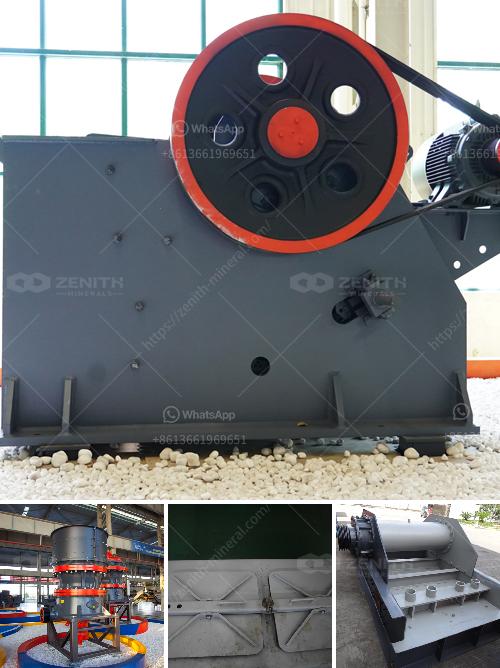Building a concrete wash rack for heavy equipment involves several critical steps, considering the robustness required to handle heavy machinery, as well as compliance with environmental regulations. Here's a simplified guide to help you start:
Planning and Design
- Determine Requirements: Assess the size of the equipment you'll be washing to determine the dimensions of the wash rack.
- Compliance: Check local regulations regarding wastewater treatment and disposal to ensure your design meets environmental standards.
- Site Selection: Choose a location with adequate drainage and accessibility for heavy equipment.
Materials and Equipment
- Reinforced concrete mix
- Rebar or steel mesh for reinforcement
- Formwork materials
- Drainage system (including oil-water separators if necessary)
- Pressure washer
- Wastewater treatment equipment (filters, clarifiers)
Construction Steps
- Excavate the Area: Excavate the site to the required depth, ensuring a solid and level base.
- Install Drainage System: Install a drainage system that can handle the runoff from the wash rack. This might include grates, sediment traps, and oil-water separators.
- Lay Reinforcement: Lay rebar or steel mesh to reinforce the concrete. This is crucial for ensuring the durability and strength of the wash rack.
- Pour Concrete: Pour the concrete over the reinforced area. Ensure it is level and smooth it out using screeding tools. Depending on the mix, allow it to cure for the recommended time.
- Finishing Touches: Add a non-slip finish to the surface for safety, and install barriers or curbs to direct water flow towards the drainage.
- Install Treatment Equipment: Set up any necessary wastewater treatment equipment to comply with environmental regulations.
Operational Considerations
- Water Recycling: Consider a water recycling system to reduce water usage and manage wastewater effectively.
- Maintenance: Regularly inspect and maintain the drainage and treatment systems to prevent clogging and ensure efficient operation.
- Safety Measures: Implement safety protocols for operating heavy equipment and using cleaning chemicals.
Final Checklist
- Ensure that all components are properly installed and operational.
- Confirm compliance with all regulatory requirements.
- Train personnel on the proper use of the wash rack and associated systems.
By following these steps, you'll create a functional and compliant concrete wash rack for heavy equipment. If you're not experienced with construction projects, it might be wise to consult with a professional to ensure the structure meets all necessary standards.

